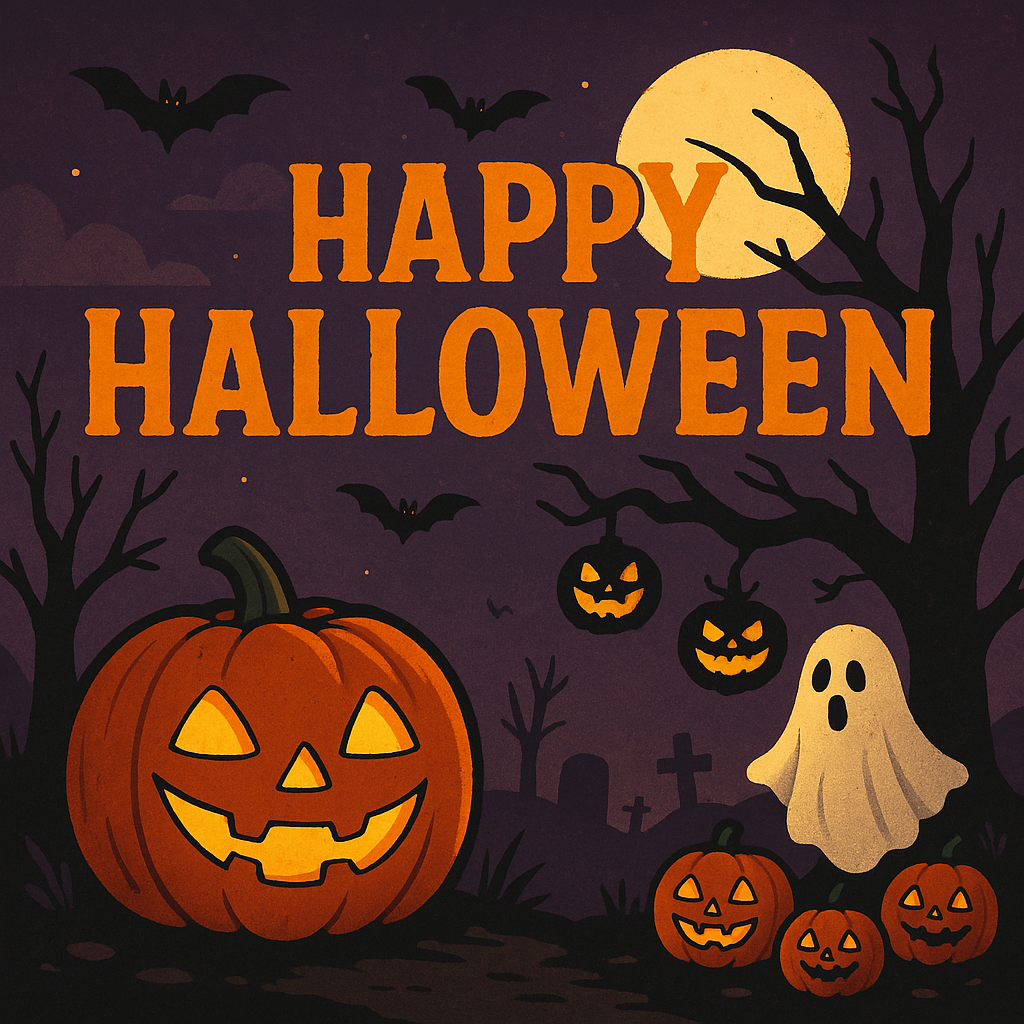Posted On 31 Oct 2025
Halloween, celebrated annually on October 31st, is a holiday rooted in ancient traditions and modern imagination. Originating from the Celtic festival of Samhain, it marked the end of the harvest season and the beginning of winter—a time when it was believed the boundary between the living and the dead grew thin. Over centuries, Halloween evolved through Christian influences and European folklore, eventually becoming the festive occasion we know today.
In the United States and many other countries, Halloween is synonymous with costumes, candy, and creativity. Children dress up as ghosts, superheroes, or favorite characters and go door-to-door shouting “trick or treat!” in exchange for sweets. Homes are decorated with carved pumpkins, eerie lights, and spooky props, transforming neighborhoods into playful haunted landscapes.
Beyond the fun and fright, Halloween is also a celebration of storytelling and self-expression. Costume parties, haunted houses, and horror movie marathons allow people of all ages to embrace fantasy and explore themes of fear in a safe, entertaining way. The holiday has also become a major cultural and commercial event, with billions spent annually on costumes, decorations, and treats.
However, Halloween isn’t just about thrills—it’s also a time for community. Local events, school parades, and neighborhood gatherings foster connection and shared joy. In recent years, there’s been a growing emphasis on inclusive celebrations, with trunk-or-treat events, allergy-friendly options, and adaptive costumes ensuring everyone can participate.
Whether you enjoy the spine-chilling tales, the sugary indulgence, or the creative flair, Halloween offers something for everyone. It’s a night where imagination reigns, and the ordinary becomes extraordinary. So light your jack-o’-lantern, don your costume, and embrace the magic of Halloween—a celebration that continues to enchant and evolve with each passing year.








